
| Component | Description | Component | Description |
|---|---|---|---|
| Touchscreen Display | Interactive screen for user navigation and input of bill payment details. | Payment Terminal | Processes payments via credit/debit cards, mobile payments, or cash. |
| Receipt Printer | Prints payment receipts for users as proof of transaction completion. | Processor/CPU | Manages kiosk operations, user interface, and transaction processing. |
| Card Reader | Reads credit/debit cards, supporting swipe, chip, and contactless payments. | Cash Acceptor | Accepts cash payments and provides change if necessary. |
| Barcode/QR Scanner | Scans bill barcodes or QR codes for quick payment and account identification. | Connectivity Modules | Ensures network connectivity for real-time transaction processing and updates. |
Design and Planning: The process begins with designing the kiosk’s layout, user interface, and functionalities based on client requirements. Engineers and designers collaborate to create a blueprint that includes component placement, user flow, and aesthetic details.
Component Selection: Essential components like the touchscreen display, payment terminal, card reader, cash acceptor, and receipt printer are selected. These components are chosen for their reliability, compatibility, and ability to handle the kiosk's intended use.
Software Development: Custom software is developed to manage the kiosk’s operations, including user interface design, payment processing, and integration with backend systems for real-time transaction processing and reporting.
Enclosure Fabrication: The kiosk’s physical structure, typically made from materials like steel or aluminum, is fabricated. The design is tailored to protect internal components and provide durability, especially if the kiosk is intended for outdoor use.
Component Integration: The selected hardware components are installed into the fabricated enclosure. This involves securely mounting the touchscreen, connecting the payment terminal, and integrating additional features like barcode scanners or security cameras.
Testing and Quality Assurance: The assembled kiosk undergoes rigorous testing to ensure all components work seamlessly together. This includes testing payment processing, receipt printing, and network connectivity, along with overall usability and security measures.
Deployment and Installation: After successful testing, the kiosks are shipped to their deployment sites. Installation teams set up the kiosks, ensuring they are properly connected to power and network services. Final checks are made to ensure the kiosks are ready for customer use.

User Interaction: The customer initiates the transaction by interacting with the kiosk's touchscreen, selecting the type of bill they want to pay (e.g., utilities, phone, insurance).
Bill Information Input: The user enters their account or bill details manually or scans a barcode/QR code on their bill to retrieve the necessary payment information.
Payment Method Selection: The kiosk prompts the user to choose a payment method, such as credit/debit card, mobile payment, or cash.
Payment Processing: The user completes the payment by either swiping, inserting, or tapping their card, or by inserting cash into the kiosk’s cash acceptor.
Transaction Confirmation: The kiosk processes the payment in real-time, providing the user with a confirmation on the screen that the transaction has been successfully completed.
Receipt Printing: A receipt is printed by the kiosk, which serves as proof of payment, detailing the transaction, including the amount paid, date, and bill account number.
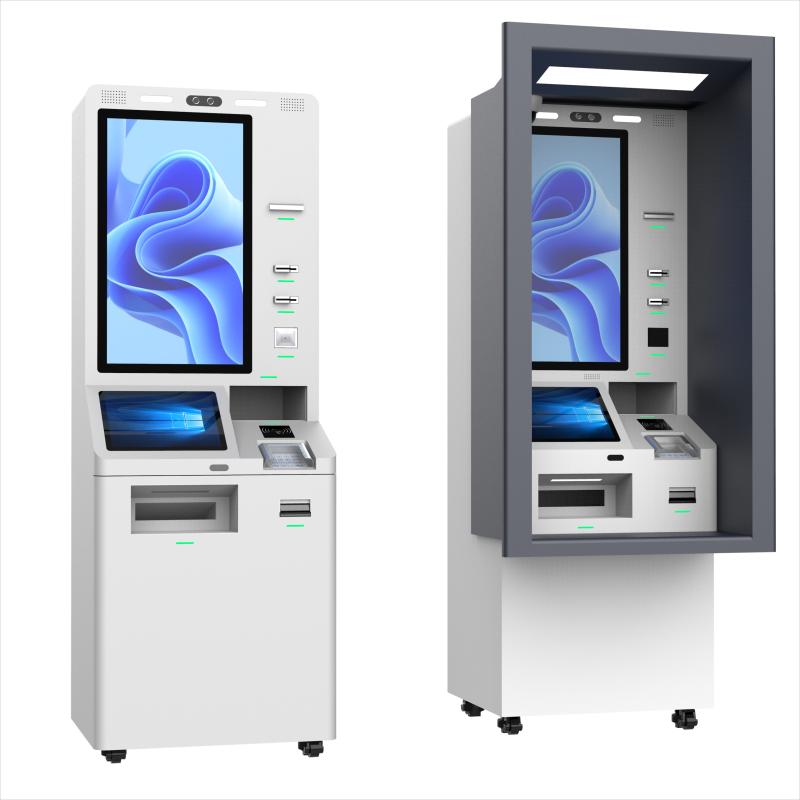
Start by Activating the Kiosk: Approach the kiosk and touch the screen to begin the payment process, which will display the main menu.
Select the Bill Type: From the menu, choose the type of bill you want to pay, such as utilities, phone, or insurance.
Enter Account Details: Input your account number or bill details manually, or scan the barcode/QR code on your bill to retrieve the necessary information.
Verify Information: Double-check the information displayed on the screen to ensure accuracy before proceeding to payment.
Choose Payment Method: Select your preferred payment method, which may include credit/debit cards, mobile payments, or cash.
Complete the Payment: Follow the on-screen instructions to complete the payment. Insert cash or swipe, tap, or insert your card as required.
Confirm Transaction: Wait for the kiosk to process the payment. A confirmation message will appear on the screen once the transaction is successful.
Collect Your Receipt: The kiosk will print a receipt. Make sure to take it for your records, as it serves as proof of payment.
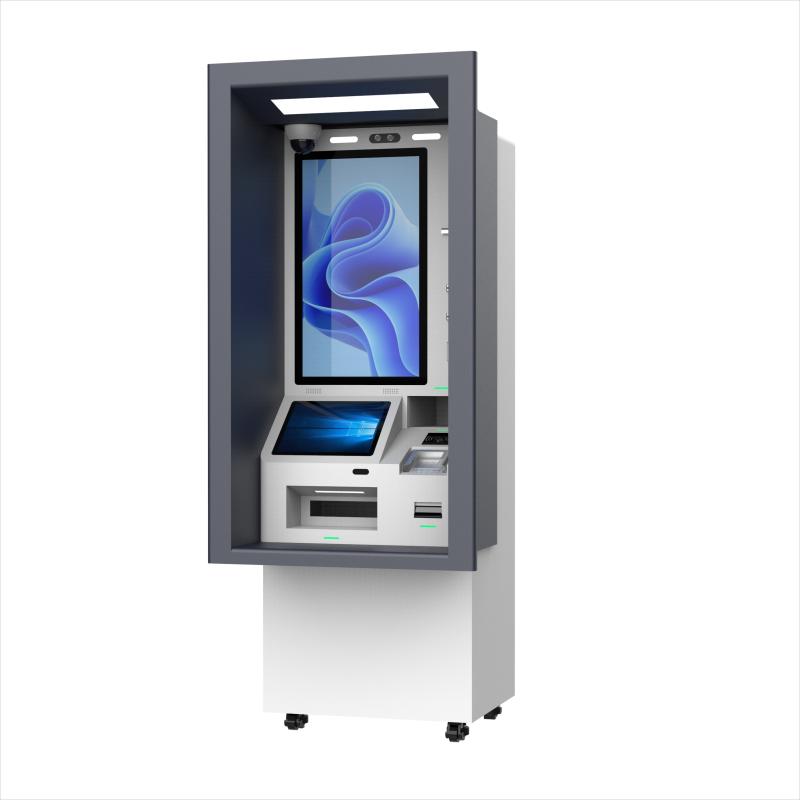
Credit/Debit Cards: Users can pay bills by swiping, inserting, or tapping their credit or debit cards using the kiosk's card reader, including chip-enabled and contactless payments.
Cash: Kiosks often accept cash payments, allowing users to insert bills into a cash acceptor. Some kiosks also provide change or a credit balance if the exact amount is not available.
Mobile Payments: Payment kiosks may support mobile payment options like Apple Pay, Google Pay, or other NFC-based mobile wallets, enabling contactless payments via smartphones.
E-Wallets: Some kiosks are integrated with popular e-wallets or digital payment platforms, allowing users to pay directly from their online wallet accounts.
Bank Transfers: In certain setups, kiosks may facilitate direct bank transfers, where users can log into their bank accounts via the kiosk interface to make payments.
Prepaid Cards: Users can use prepaid cards or gift cards that are accepted by the kiosk to pay bills, particularly for utilities or specific services.
Cryptocurrency (Emerging Option): Some advanced kiosks are beginning to support cryptocurrency payments, allowing users to pay bills with Bitcoin, Ethereum, or other digital currencies.
Checks (Less Common): Although less common, some kiosks may have a check reader for processing payments via personal or cashier's checks.
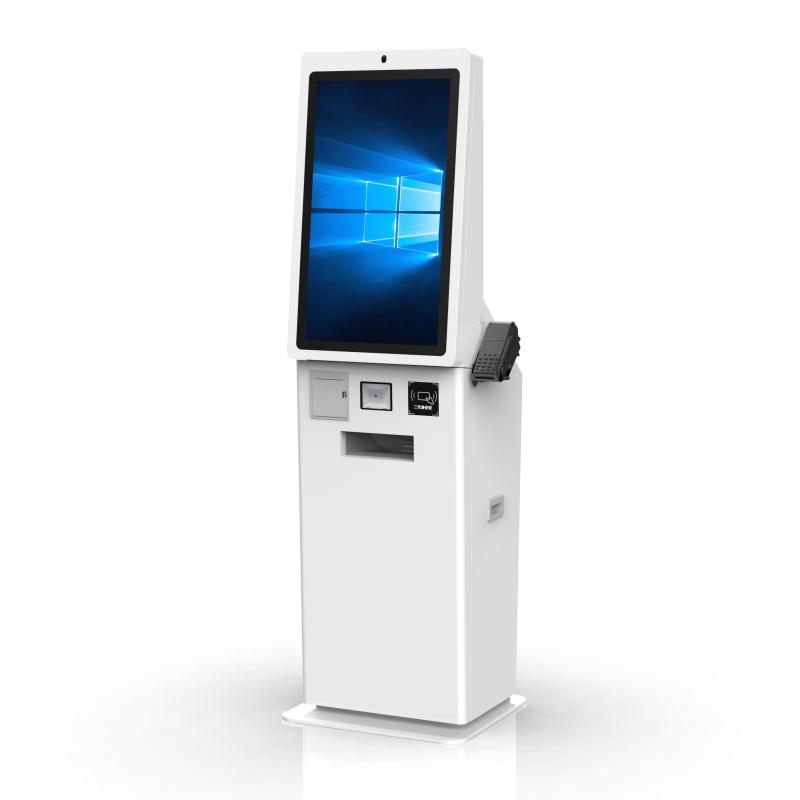
Utility Bill Payments: Customers can pay their electricity, water, gas, and other utility bills conveniently at kiosks located in public places like malls or convenience stores.
Telecommunications Payments: Kiosks enable users to pay their phone, internet, and cable TV bills without needing to visit a service provider’s office.
Insurance Premium Payments: Policyholders can make insurance payments for health, auto, home, or life insurance directly through bill payment kiosks.
Loan and Mortgage Payments: Kiosks offer a quick way for customers to pay monthly loan installments or mortgage payments, ensuring timely transactions.
Credit Card Payments: Users can settle their credit card balances through kiosks, avoiding late fees by making payments on time.
Government Fees and Taxes: Bill payment kiosks can be used to pay government-related fees, such as vehicle registration, property taxes, or traffic fines.
School Tuition and Fees: Some educational institutions use payment kiosks for students and parents to pay tuition fees, hostel charges, and other educational expenses.
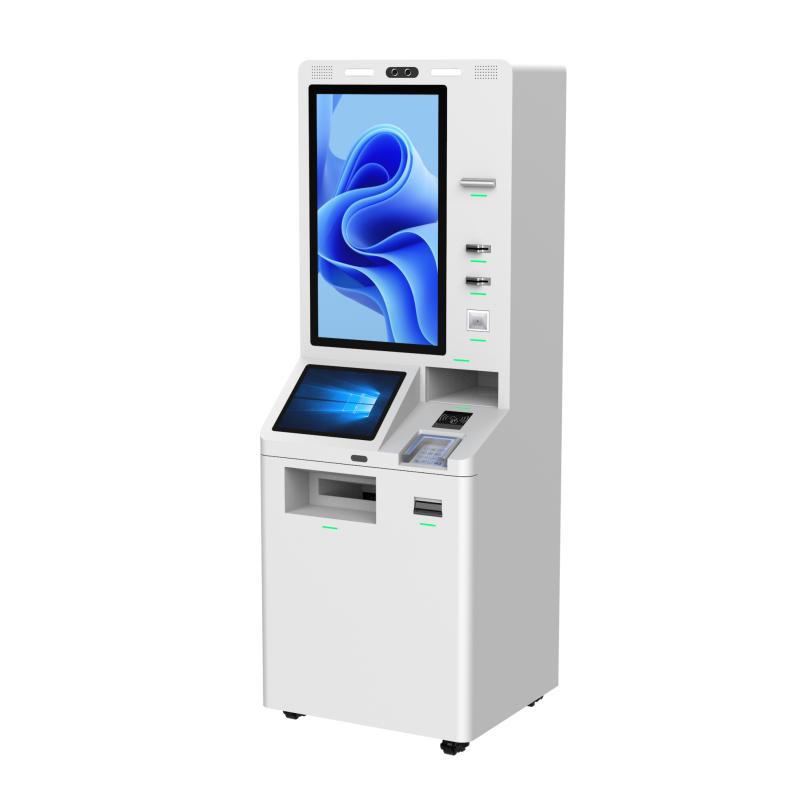
Convenience: Bill payment kiosks offer 24/7 availability, allowing users to pay their bills at any time, even outside regular business hours, making it highly convenient.
Reduced Wait Times: Kiosks eliminate the need to wait in line at payment centers, enabling faster transactions and saving users time.
User-Friendly Interface: The intuitive touchscreen interface of kiosks simplifies the payment process, making it easy for users of all ages and technical abilities.
Multiple Payment Options: Kiosks support a variety of payment methods, including cash, credit/debit cards, and mobile payments, catering to different customer preferences.
Immediate Confirmation: Users receive instant confirmation and a printed receipt for their payments, providing peace of mind and proof of transaction.
Accessibility: Located in convenient public places like malls, supermarkets, and transit hubs, bill payment kiosks are easily accessible to a wide range of users.
Cost-Effective for Businesses: By automating bill payment processes, businesses can reduce the operational costs associated with manual payment collection and customer service.
Enhanced Security: Kiosks are equipped with secure payment processing systems, reducing the risk of fraud and ensuring safe transactions for both users and businesses.
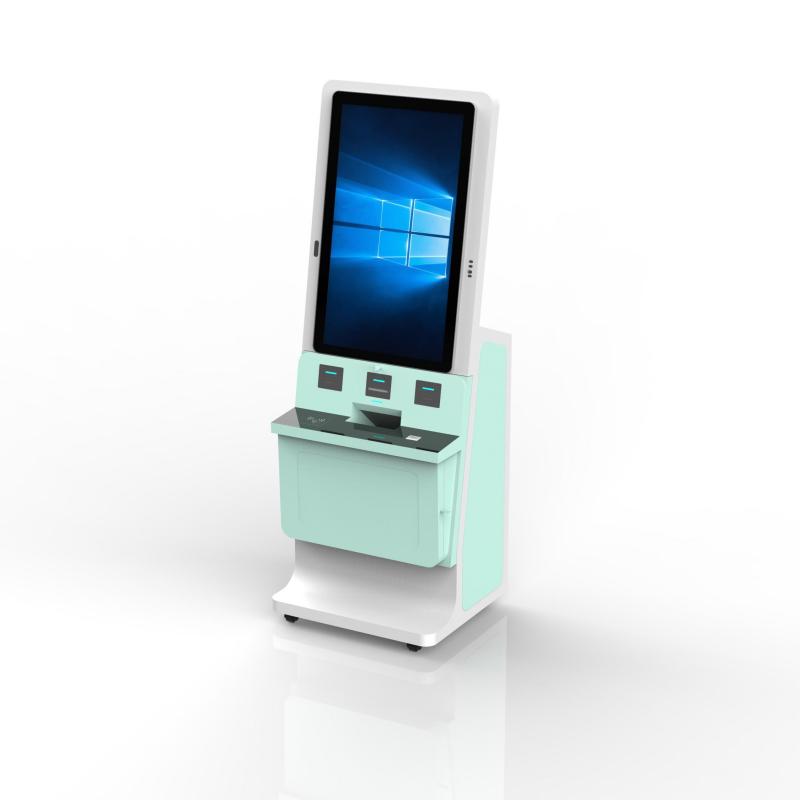
The price of a bill payment kiosk can vary significantly based on its features, components, and customization options. Typically, a basic model may range from $3,000 to $10,000, while more advanced kiosks with additional functionalities, such as multiple payment options, high-end security features, and custom branding, can cost between $10,000 and $20,000 or more. The return on investment (ROI) for a bill payment kiosk is generally strong due to its ability to reduce labor costs, increase payment efficiency, and provide 24/7 service availability. Businesses can recoup their investment within a short period by enhancing customer satisfaction, reducing operational expenses, and processing more payments in less time. Moreover, by offering multiple kiosks in various locations, businesses can reach a broader customer base, further boosting revenue and accelerating ROI. The exact ROI will depend on factors such as transaction volume, kiosk placement, and operational efficiency, but the overall benefits typically outweigh the initial costs, making bill payment kiosks a valuable investment.
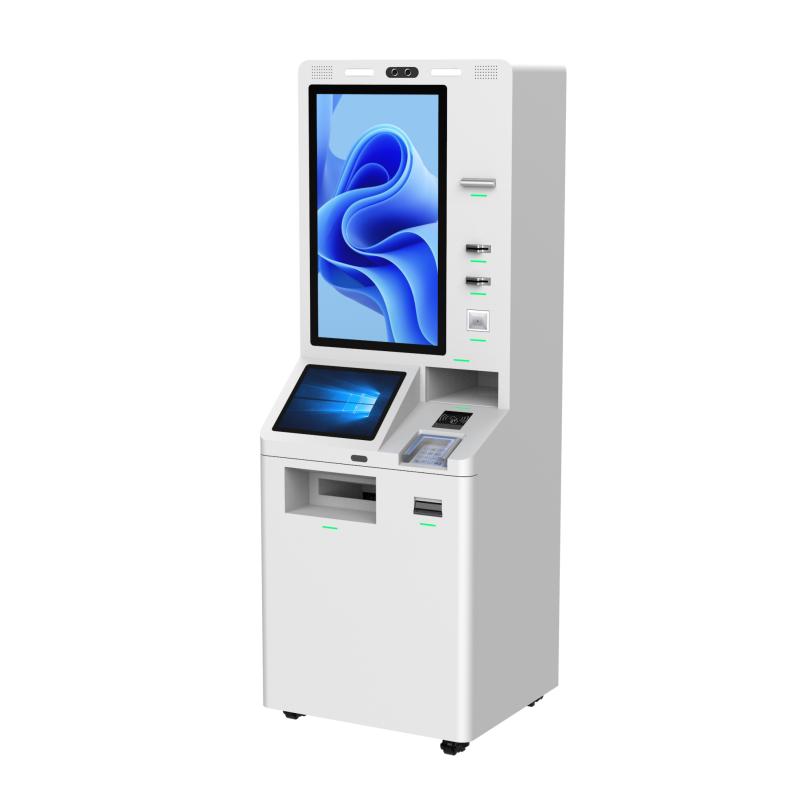
Branding and Design: Customize the kiosk's exterior with your company’s logo, colors, and branding to ensure it aligns with your business identity.
Screen Size and Orientation: Choose from various screen sizes and orientations (portrait or landscape) to fit the space and user needs.
Payment Method Integration: Tailor the kiosk to support specific payment methods, such as cash, credit/debit cards, mobile payments, and even cryptocurrencies.
Software Customization: Modify the software interface to include specific functionalities, languages, and customer interaction flows that match your business requirements.
Security Features: Add custom security features, such as encrypted card readers, biometric authentication, and surveillance cameras to enhance safety and prevent fraud.
Additional Hardware: Integrate additional components like barcode scanners, QR code readers, and receipt printers to accommodate specific transaction types.
Accessibility Options: Include features like adjustable screen height, voice guidance, and ADA compliance to ensure the kiosk is accessible to all users.
Remote Monitoring and Maintenance: Implement remote management software to monitor the kiosk's performance, receive real-time alerts, and perform maintenance tasks.
Functionality Requirements: Determine the specific tasks the kiosk needs to perform and ensure the model you choose can handle those tasks effectively.
Location and Environment: Consider where the kiosk will be placed (indoor or outdoor) and choose a model that is durable enough to withstand the environment.
User Experience: Ensure the kiosk offers an intuitive interface and easy-to-use payment options to provide a seamless user experience.
Vendor Reputation: Research potential vendors to find one with a strong track record in quality, reliability, and customer support.
Cost and Budget: Evaluate the total cost of ownership, including initial purchase price, installation, and ongoing maintenance, and align it with your budget.
Integration with Existing Systems: Ensure the kiosk can integrate with your existing back-end systems, such as accounting software, CRM, or inventory management.
Maintenance and Support: Consider the availability of maintenance services, spare parts, and customer support to ensure long-term kiosk performance.
Scalability: If you plan to expand, choose a kiosk solution that can be easily scaled or upgraded to meet future needs.
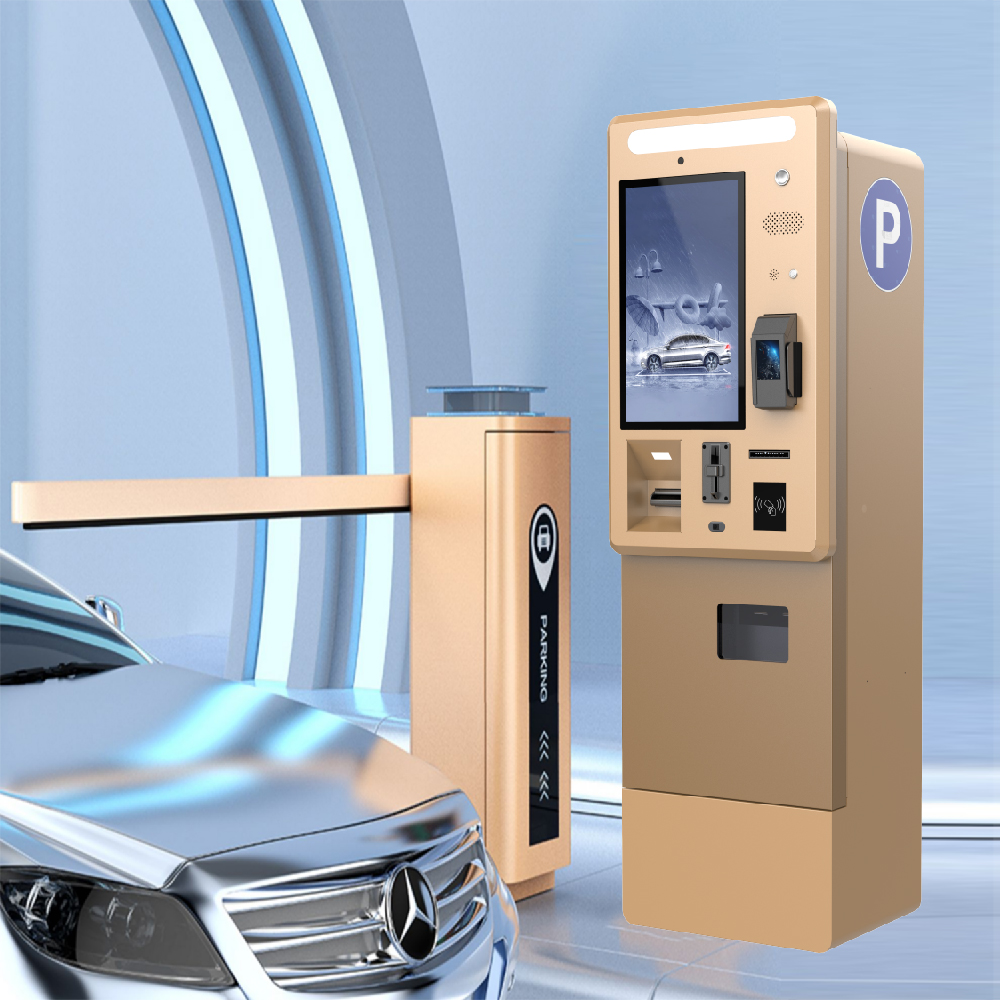
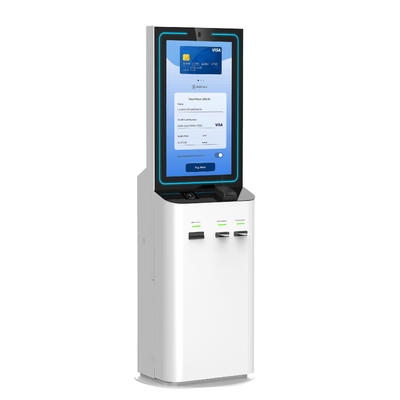
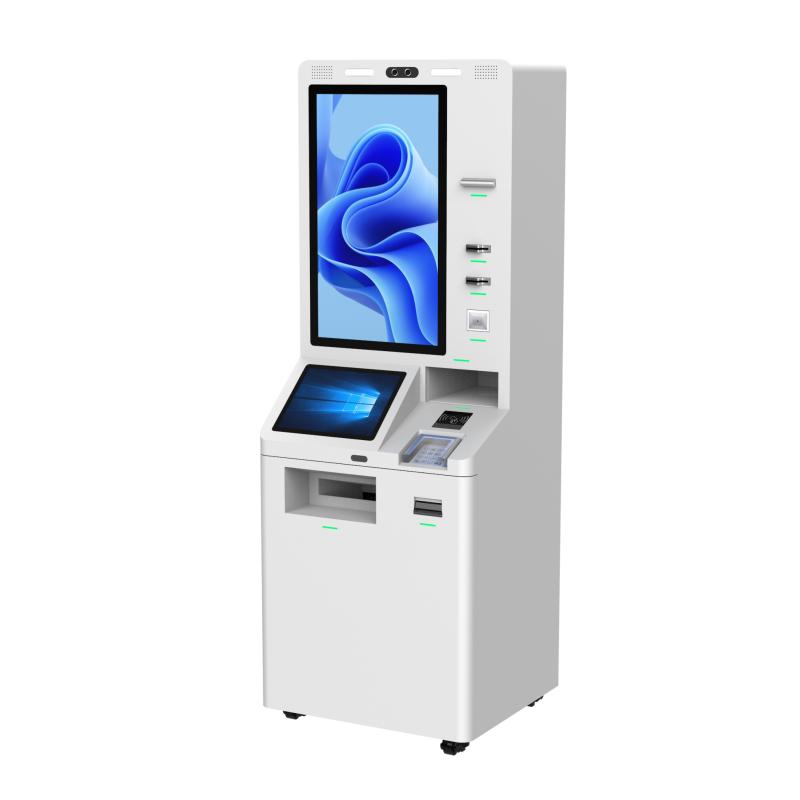
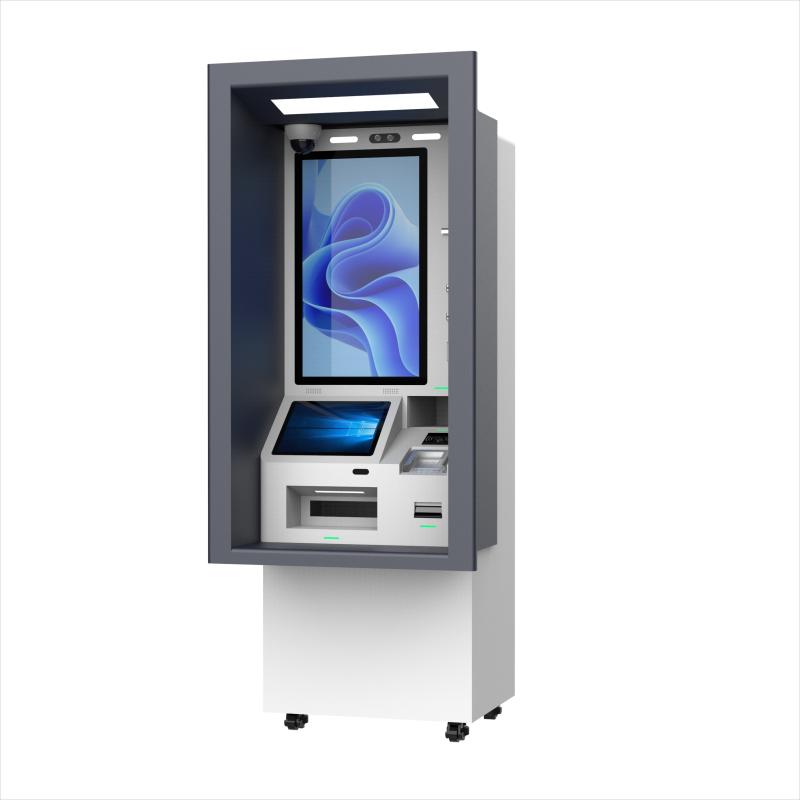
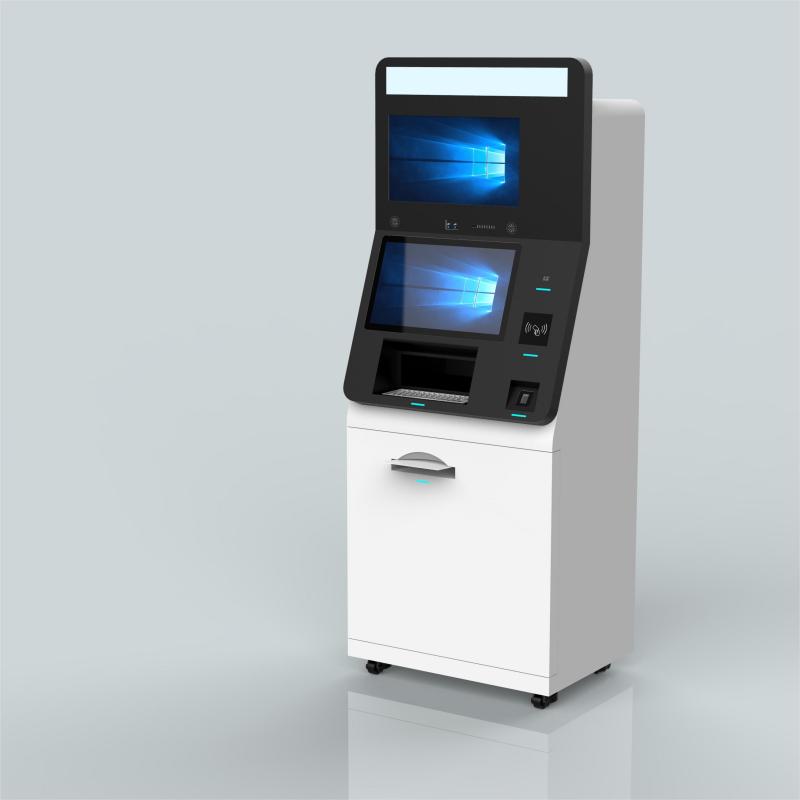
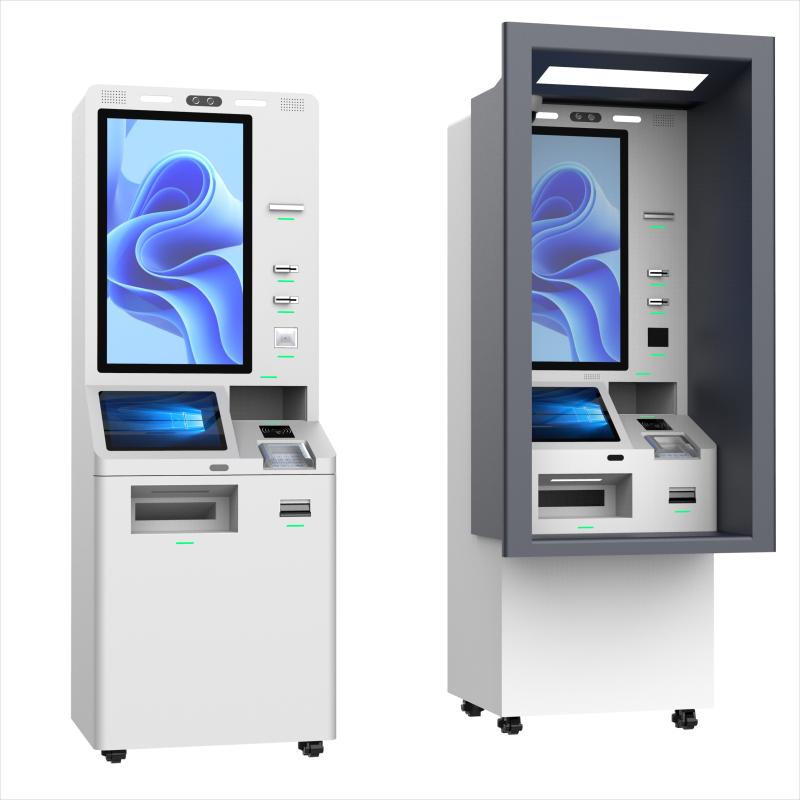
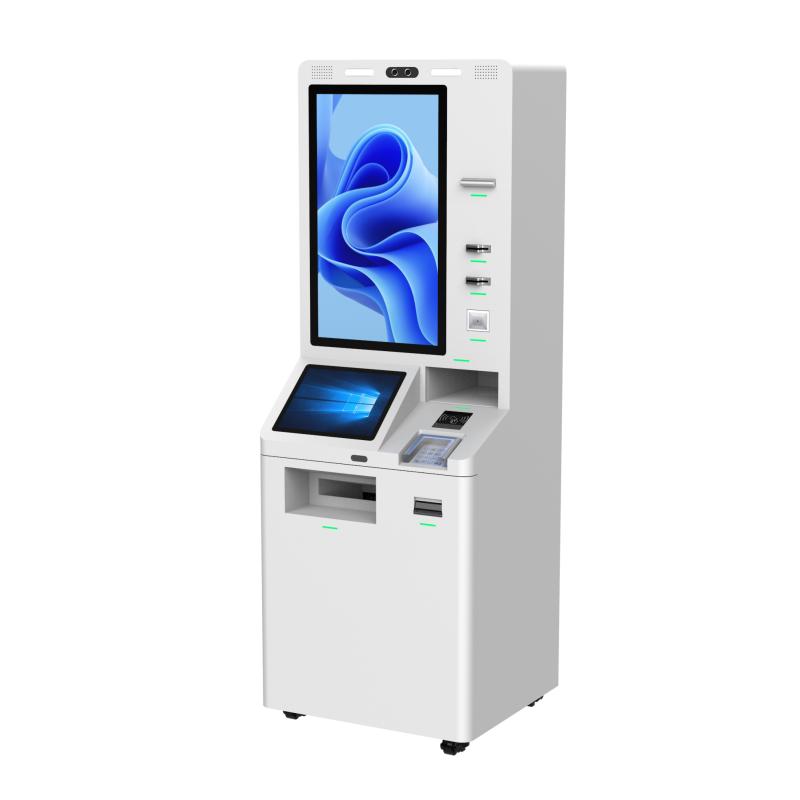

What did our happy clients say?
We purchased a bill payment kiosk for our store, and it has exceeded our expectations! The setup was seamless, and customers love the convenience. Highly recommend this product and the manufacturer!
This bill payment kiosk has streamlined our operations and reduced customer wait times. The quality and performance are top-notch. A big thanks to the manufacturer for their excellent service!
The bill payment kiosk we purchased works flawlessly and has been a great addition to our business. The manufacturer provided exceptional support and customization options. We’re extremely satisfied and highly recommend them!
We’re thrilled with our new bill payment kiosk! It’s user-friendly, reliable, and has significantly boosted our customer satisfaction. Kudos to the manufacturer for delivering such a great product!